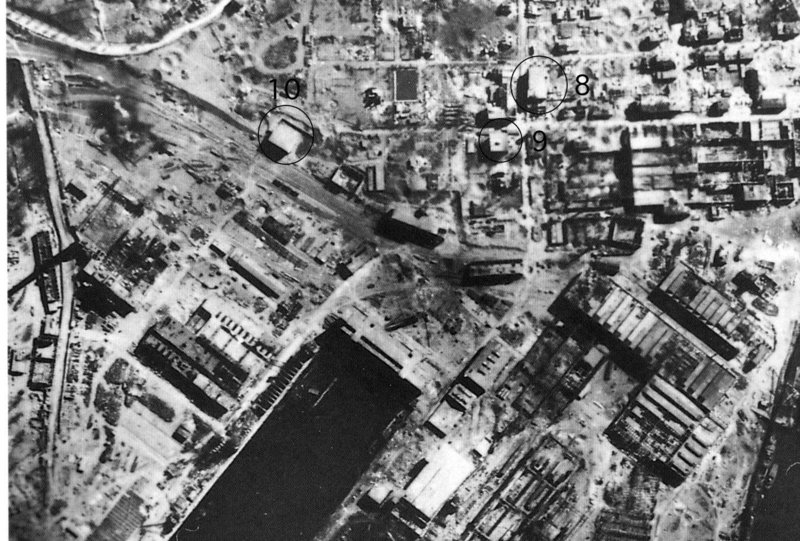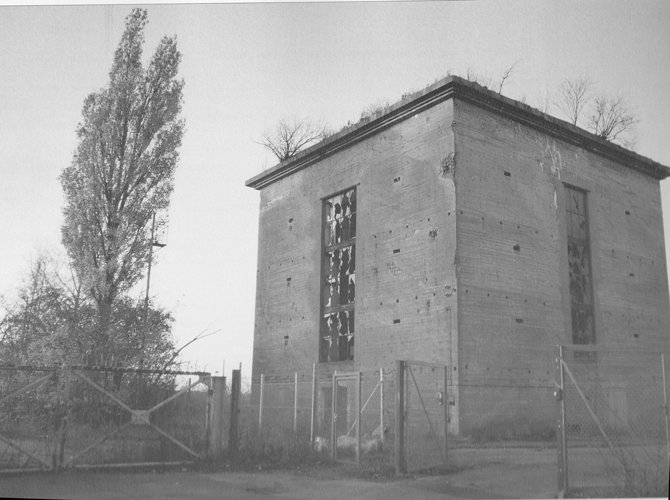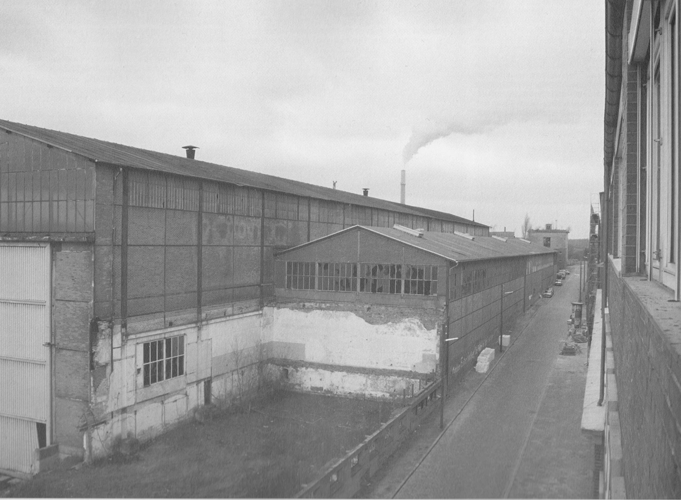The bunker and its history
Project bunker-D: Blossoming life in solid walls
If the walls of “Bunker-D” could speak, probably it would require listening for years in order to even guess what these walls have seen and experienced so far.
At the beginning “Bunker-D” served as bunker to secure the production of “Howaldtswerke-Deutsche Werft” (HDW). Later on the building became part of industrial badlands. Today it is a place of creativity, culture and communication.
Quite in contrast to its original purpose, the “Bunker-D” hosts exhibitions, cinema performances and games evenings, while a café and a bar invite guests to a cozy get-together.
In 2014, last renovations were completed for the time being. However, it was a long way to the realization of the project “Bunker-D”.
During the world war 80 percent of the shipyard buildings were razed to the ground and the site was similar to a deserted and ruined area.
At that time, only the bunkers, which had survived the war with little damages, rose from the ground of the current university of applied sciences.
During the Second World War, the “Howaldtswerke-Deutsche Werft” built submarines. For this purpose the additional submarine bunker “Kilian” was erected on the east bank from 1941 to 1943.
Reconstruction of the area: Industry on the east bank
In the 1950s, a new industry was established on the eastern shore with large companies such as “HDW”and “Anschütz”. Consequently, this area was growing and became an important hub for research and society. It is not widely known, but not far from the bunker the well-known scientists Dr. Rudolph Hell invented a pioneer of the present scanner.
Today, the faculties of Media, Informatics and Electrical Engineering and Mechanical Engineering of the University of Applied Sciences Kiel are located in these buildings. The future sociologists and economists study in the former headquarter of HDW. However, in the 1980s the freshly-flowered industrial site was abandoned again, leaving the area around “Bunker-D” as industrial wasteland.



